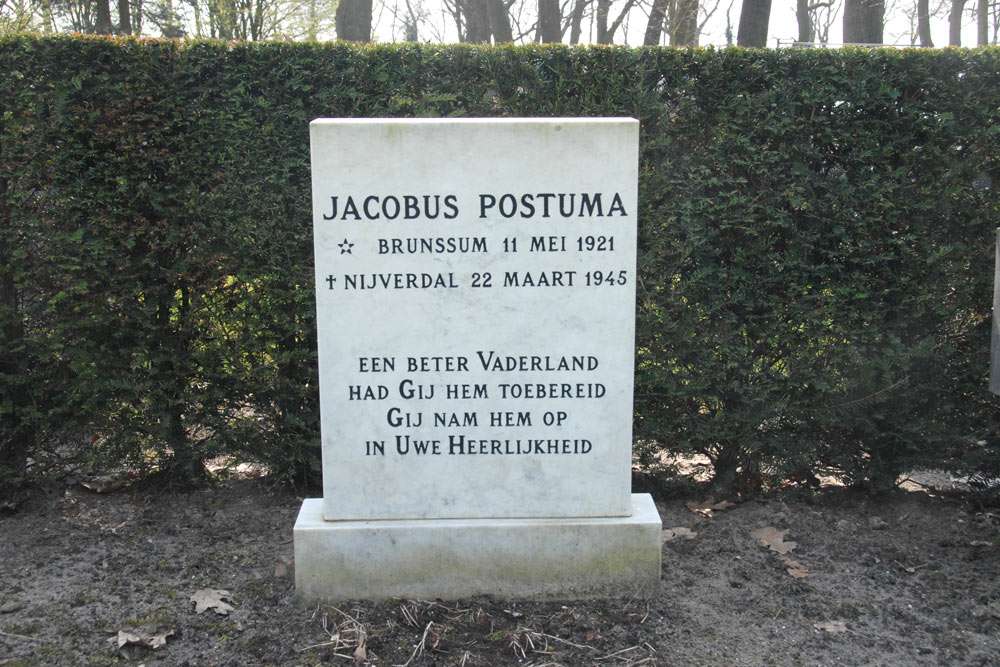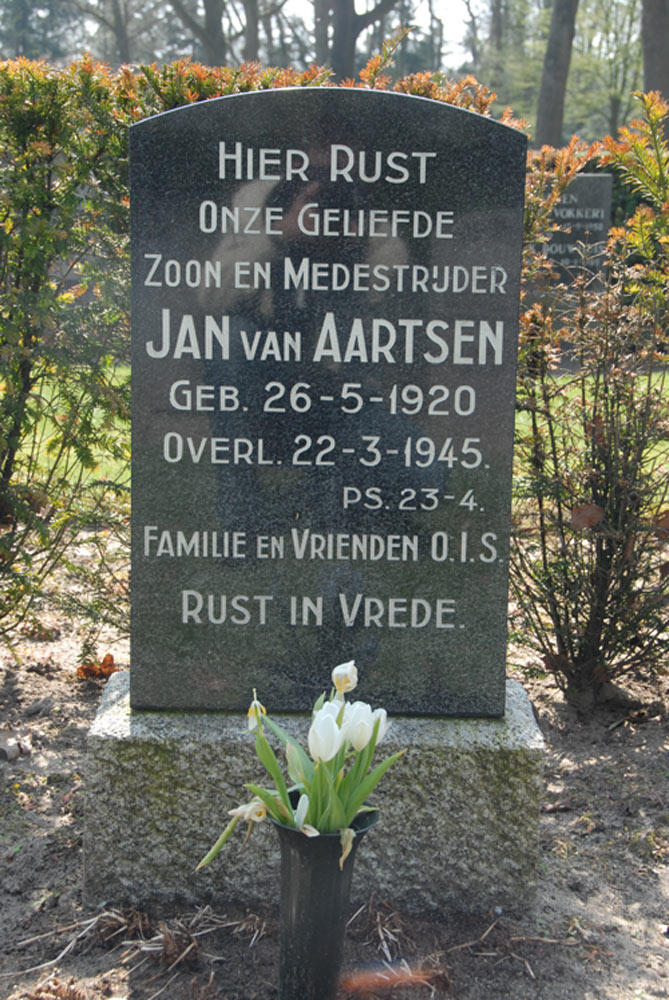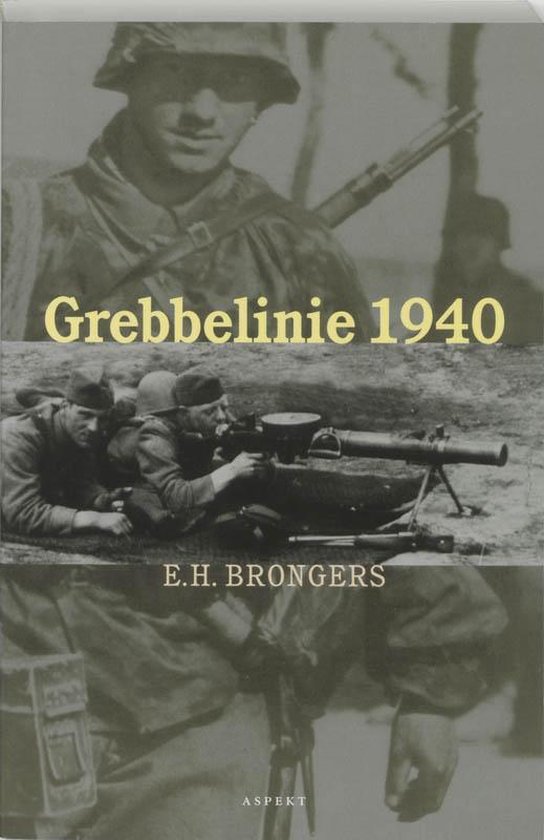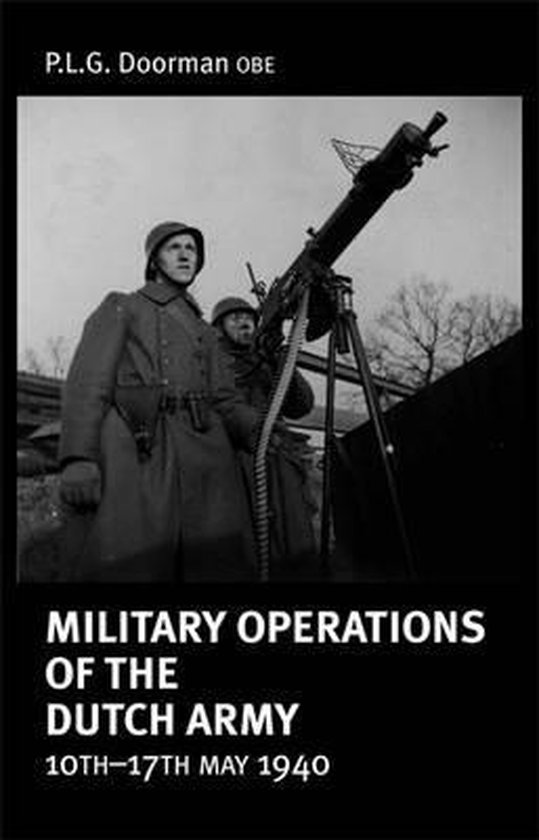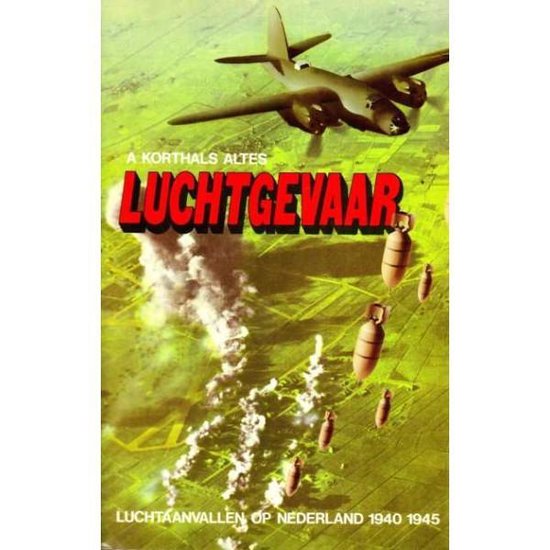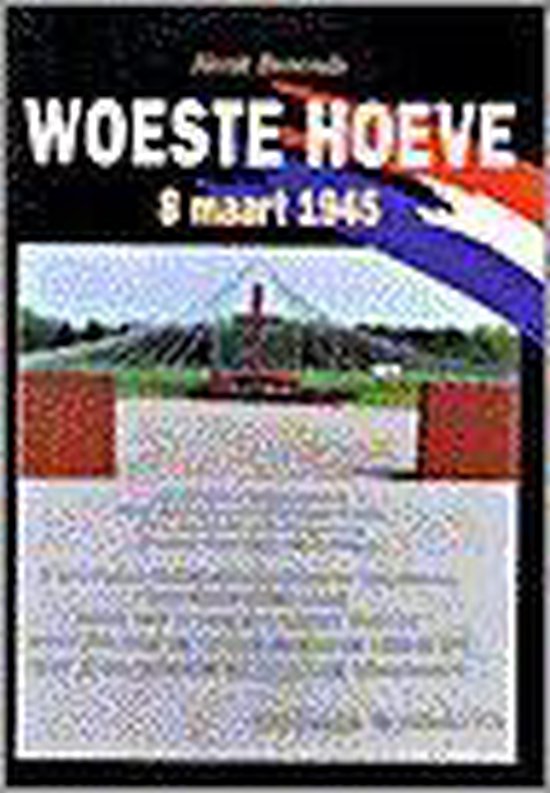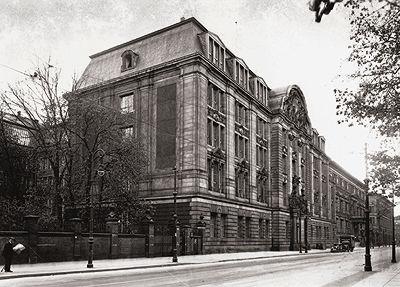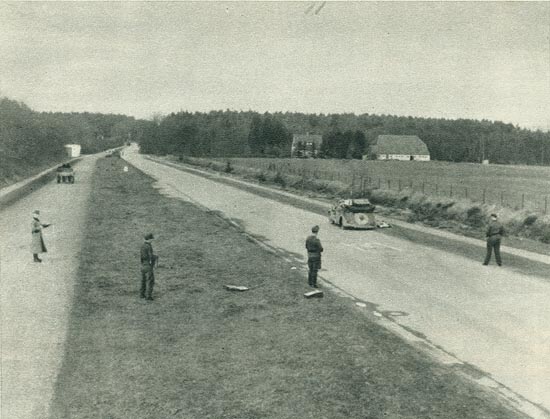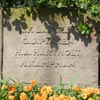Dutch War Graves Municipal Cemetery Hellendoorn
The Municipal Cemetery contains the graves of nine members of the Dutch resistance, one grave of a Dutch soldier and three civilians.
There are a number of individual graves and there is also a mass grave, this grave contains six members of the resistance and a Dutch soldier.
Jan van Aartsen, Hendrik and Albertus de Jonge and Jacobus Postuma
On 22 March 1945 Nijverdal was bombed by the USAAF, the U.S. Air Force. 73 people got killed in this raid. The raid was not intended to be on Nijverdal but on German Luftwaffe targets in Rijssen and Wierden. By mistake the bombs fell on Nijverdal. Among the 73 victims were the member of the Dutch resistance Jan van Aartsen, the brothers Hendrik and Albertus de Jonge and the member of the Dutch resistance Jacobus Postuma.
Gerrit Jan Piksen
During a major raid in Salland on 14 October 1944, the 27 year old Gerrit Jan Piksen was killed. In the morning Gerrit Jan had helped to hide two Allied pilots and a Russian prisoner of war. Gerrit Jan was later that day arrested by the Germans and was interrogated. After having been severely beaten Gerrit Jan was liquidated in the Bathemerweg near Haarle. Three days later he was buried in the collective grave at this cemetery.
Bote van der Wal
On 12 August 1944, the aircraft of the British pilot Gerald Hood was shot down over Nijverdalby the Germans. Hood was helped by the aforementioned Gerrit Jan Piksen, he took him to the van der Wal family who provided shelter for the pilot. On the evening of 13 March 1945, Gerald Hood and the member of the Dutch resistance Bote van der Wal were captured by the Grüne Polizei. They were betrayed by a neighbor, who told the Germans that they had a British pilot in there house. Van der Wal and Hood were brought to the prison of Almelo and interrogated by Hauptsturmführer Sandrock. On 21 March van der Wal and Hood were killed by a shot in the neck on the Vloedbelt near Zenderen. Both men were buried near the Vloedbelt, Gerald Hood was later reburied at the general cemetery in Almelo and Bote van der Wal was reburied in the collective grave at this cemetery.
Teunis Braakman
Teunis Braakman from Hellendoorn was killed on 10 May 1940 while defending the IJssellinie in Rheden. This line was one of the first places where the Germans could be held. Teunis was buried in the collective grave at this cemetery.
Jacob Kapteijn
Jacob Kapteijn was executed on 8 March 1945 at the Woeste Hoeve in Apeldoorn, he was one of the 117 Dutch men who were killed in reprisal following an accidental attack on the highest police and SS chief in the Netherlands, Hans Albin Rauter. The men were "Todeskandidaten" from various prisons in the country. Jacob is buried in the collective grave at this cemetery.
Albert Ferdinand Lancker
Albert Ferdinand Lancker was in May 1940, during the outbreak of war in the Netherlands, commander of the Dutch 41st Infantry Regiment. After the capitulation of the Netherlands, Lancker was captured by the Germans. He was set free in June of that year. A few months later, he joined the resistance, he joined the Ordedienst (OD) and was quickly sought by the German SD. Lancker hided at several different addresses in The Hague and Hellendoorn. At the end of 1942 he had an illegal resistance groupe. He had a great supply of new resistance fighters by the positive fact that many young men went into hiding to avoid the Arbeitseinsatz, many of these guys signed up to the resistance. From then, until late 1944 Lancker was very active in the resistance, he arranged sabotages, landings of agents, weapons, attacks and provided much information to the Allies. In 1944 Lancker was one of the major leaders in the resistance, he became commander of the BS (International Forces) Salland District. Most members of the Dutch resistance didn't know who he was, he worked behind the scenes, planning tasks for lower commanders in the resistance. On 11 February 1945 Lancker came to the headquarters of the BS Salland, Nieuwboers house in Hoge Hexel. Four members of the SD, one German and three Dutch stepped out of a car, the house was searched and three men including Lancker were invited to come to SD office. When they walked out, Lancker shot down two SD men and fled quickly, he was chased by the two remaining SD men, who shot him with two bullets in his back. Lancker died at the scene, he was buried in the collective grave at this cemetery.
Herman Kampman
On 29 March 1945, the member of the Dutch resistance Herman Kampman along with nine other men were shot in Wierden. He was betrayed by the in Amsterdam living NSB member Sera de Croon. About the life and death of Herman Kampman a book is written, it's called "De kogel is er eerder dan de knal". Herman is buried in the collective grave at this cemetery.
Hendrik Albert Hartholt
Henk was born on 25 January 1923 in Hellendoorn, at the beginning of the war he was a law student living in Nijverdal. Henk strongly opposed against the Nazi occupation and was therefore forced to submerge. Like many people in hiding, Henk joined the resistance. He ended up with a gang in Nijverdal in which he performed various acts of resistance. On 30 November 1944 he was also present in a house where a large amount of money was hidden from a raid on the Dutch Bank in Almelo. The house was raided by the Germans and Henk was arrested. After a month of interrogation and imprisonment, he was transferred to Germany, where he in a very short time managed to escape. However, he was soon arested again and was imprisoned by the Gestapo. From this prison he was transferred to a prison camp near Dortmund. Miraculously, he managed to escape here again and with the help of several Germans he managed to return to Nijverdal. From Nijverdal, he was transferred to a resistance group in Meppel where after a short time in the night of 26 on 27 February 1945, he was arrested by the Germans. One month later, Henk was with several other resistance fighters executed on the road from Meppel to Staphorst. He was on 16 May 1945 reburied at this cemetery in Hellendoorn.
(thanks to Hans Hartholt, this information comes from weekly news "De Zwerver" from 1947 and the Groningen Student Almanac of 1946).
The member of the Dutch resistance Gerrit Jan Grobbink and M. Maris died on 9 April 1945 during the liberation of Hellendoorn.
In Nijverdal several streets were named after some people resting here, there is the Bote van der Walstraat, the H A Hartholtstraat and G J Piksenstraat. Lancker has a streetname in two places, in Hoge Hexel is the Lanckerweg and in Hellendoorn is the A F Lanckerstraat. In Hellendoorn is also a street named after Herman Kampman, the Herman Kampmanstraat.
Do you have more information about this location? Inform us!
Source
- Text: TracesOfWar.nl
- Photos: TracesOfWar.nl
- RTV Hellendoorn
- Oorlogsgraven Stichting
- Lancaster LM658
- Wikipedia
- De kogel is er eerder dan de knal, Kampman, H.
- Weekblad "De Zwerver" uit 1947
- Groninger Studentenalmanak van 1946
Related books
Nearby
Museum
Point of interest
- Launch Site V1 Hellendoorn - Nijverdal
- Crash Location 21 Lest We Forget Hellendoorn - Hellendoorn
- Hiders Place Holten - Holten
Monument
- Resistance Memorial Hellendoorn - Hellendoorn
- War Memorial Hellendoorn Community - Nijverdal
- Memorial Killed Employees TenCate - Nijverdal
Cemetery
- Commonwealth War Graves Municipal Cemetery Hellendoorn - Hellendoorn
- Holten Canadian War Cemetery - Holten
- Dutch War Graves Den Ham Municipal Cemetery - Den Ham
Remembrance Stone
- Stumbling Stones Keizerserf 32 - Nijverdal
- Stumbling Stones Rijssensestraat 101 - Nijverdal
- Stumbling Stones Wilhelminastraat 102 - Nijverdal

